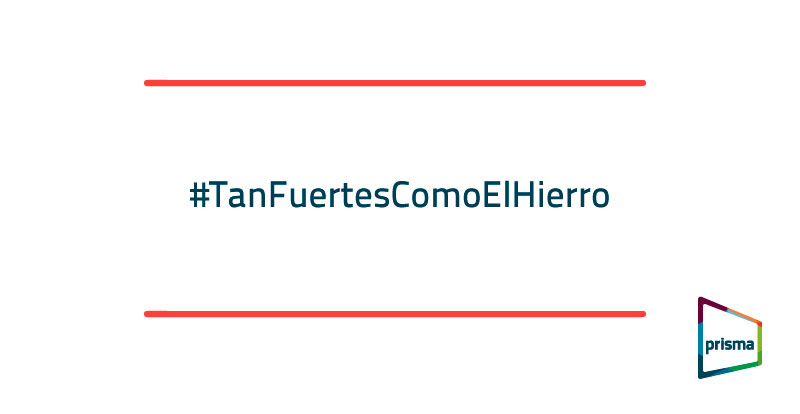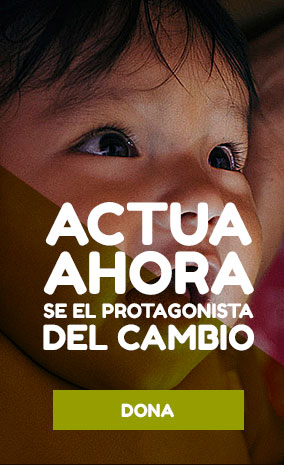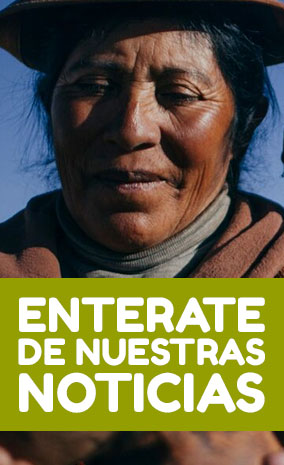
Anemia in children is a serious public health problem in Peru, with a prevalence of 43.6% in children from 6 to 35 months old, according to the Demographic and Family Health Survey (ENDES 2017), which indicates that 1 out of 2 children in that age group suffer from anemia. These numbers have not decreased in the last 3 years. According to the WHO, this makes anemia a public health problem.
Different studies show that anemia has a serious negative impact on children’s health and development, in motor (physical), cognitive, social and emotional areas, where the impact on the learning capacity is the most alarming since it has live-long consequences.
The main cause of anemia is lack of iron (ferropenic anemia). Therefore, it is important to increase consumption of iron-rich foods from the beginning of complementary feeding in children, as well as to guarantee the access to and consumption of iron supplements provided by the Peruvian Ministry of Health. Safe water consumption, hands washing and parasitosis treatment, among others, should be promoted due to presence of infections, particularly intestinal infections, in children, which cause inflammation.
Goal:
Contribute in reducing anemia in children up to 5 years old, with special stress in children under-three-year-old, in two daycares (cuna jardin) in the district of Villa María del Triunfo.
Specific goals:
- Increase the knowledge on feeding practices (consumption of high-high foods and supplements – ferrous sulphate and multi-micro nutrients in children) by training families.
- Raise awareness about the importance of anemia prevention in the education community.
Source of funding: Pacífico Insurance Company
Scope of intervention:
Benefited population
Direct
- 140 children under three years old
- 800 children between three and five years old
Indirect
- 140 parents
- 25 teachers/caregivers in the daycare (cuna jardín)
- 800 parents of children in the second year of initial education (three, four and five years old).
Duration: March 2019 – December 2019 (10 months)
Expected Results:
Expected results according to the specific goals (SG1):
SG1:
- 1 baseline of knowledge
- 140 hemoglobin tests
- 140 parasitological examinations
- Delivery of iron polymatose to children suffering from anemia
- Education sessions and demonstrations aimed at families: 2 education sessions and 3 education and demonstration sessions
SG2:
- 2 healthcare festivals (beginning and end) in each of the daycares
- Education sessions with the teachers: 2 sessions for 15 teachers (one for each education institution)
- 2 coordination meetings with health facilities to guarantee activities in the framework of the Fourth Goal of MINSA, and establish the follow-up mechanisms after the intervention.
Achievements:
- A 7-point decrease (from 29% to 22%) in anemia in children screened in the first and second festivals.
- Out of the 124 screened cases in the first and second festivals, a 73% of children recovered from anemia, 10% improved their condition (from severe anemia to moderate anemia) and 16% remained the same.
During the 10 months of execution of the project, there was steady progress:
- 747 children attended the first festival and 520 children attended the second festival.
- 22 teachers were trained in 27 education sessions held in each education institution.
- 778 parents were trained in education sessions.
- 996 children participated in learning sessions about anemia prevention.
- 1039 parents participated in 32 demonstrations with cooks.
- 112 two-part individual nutritional advisory sessions with mothers.
- 671 iron supplements were distributed and 100% was ingested.
- 895 children were removed from parasites in coordination with Health Facilities.
- 975 supervised healthy lunchboxes with high-iron meals.

Testimonios

